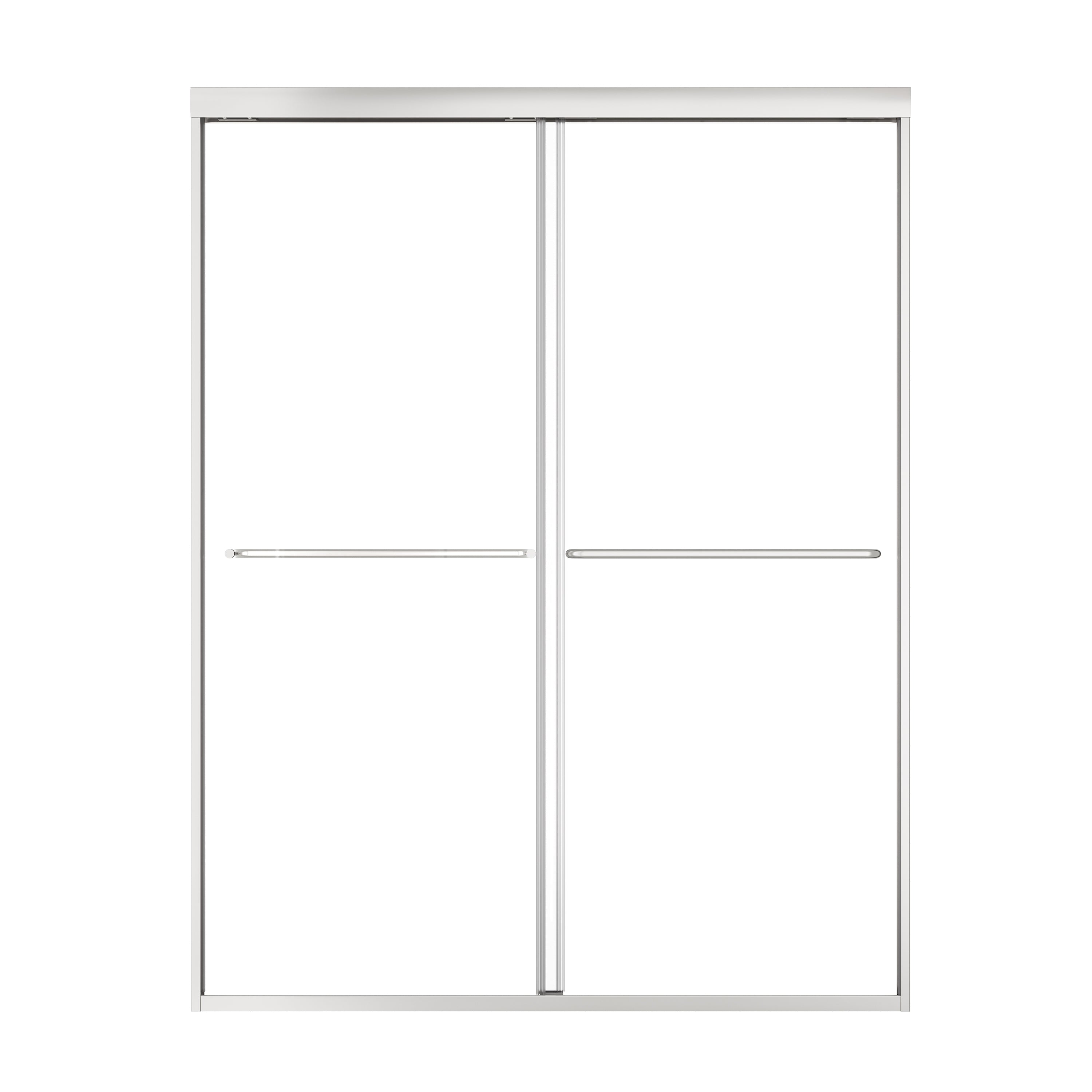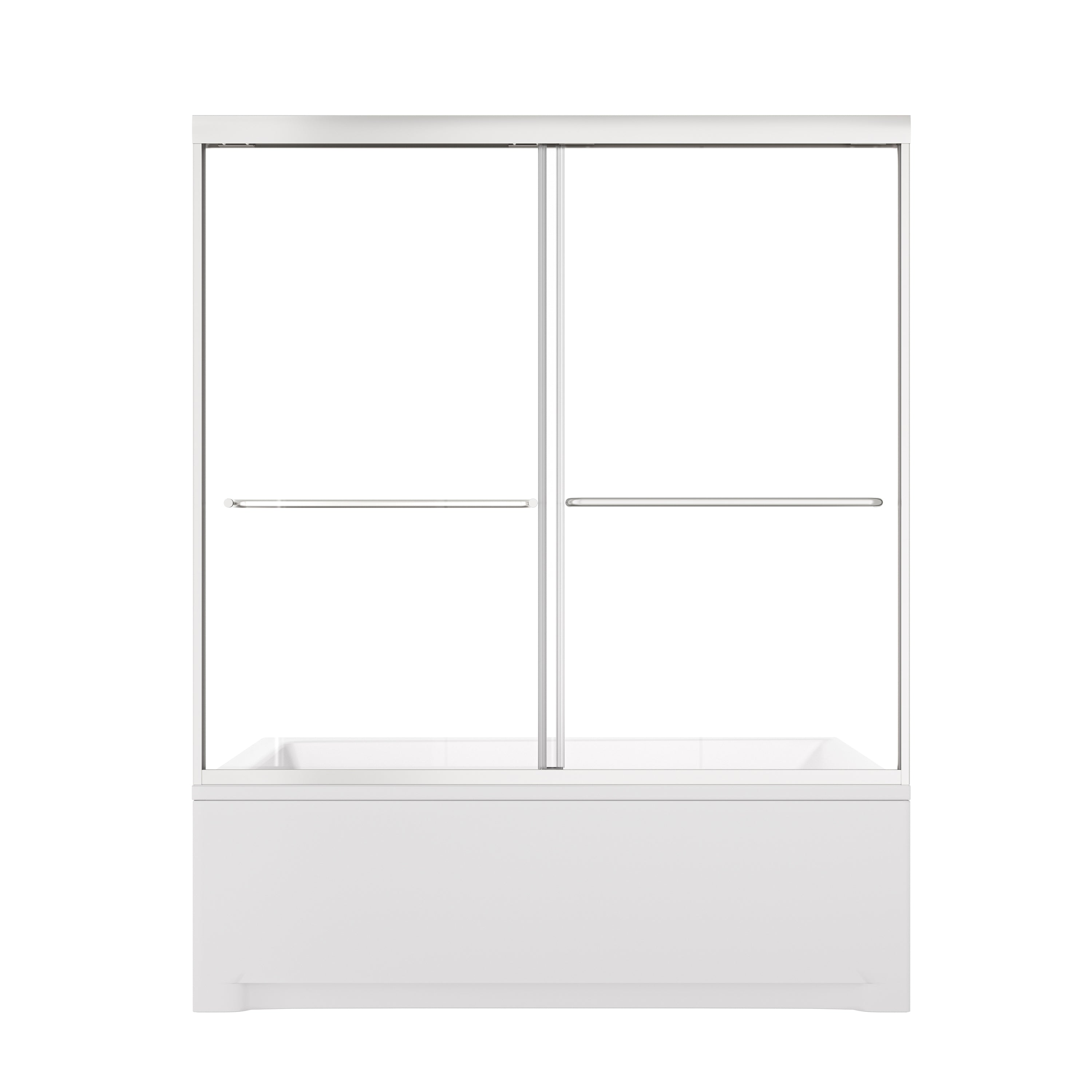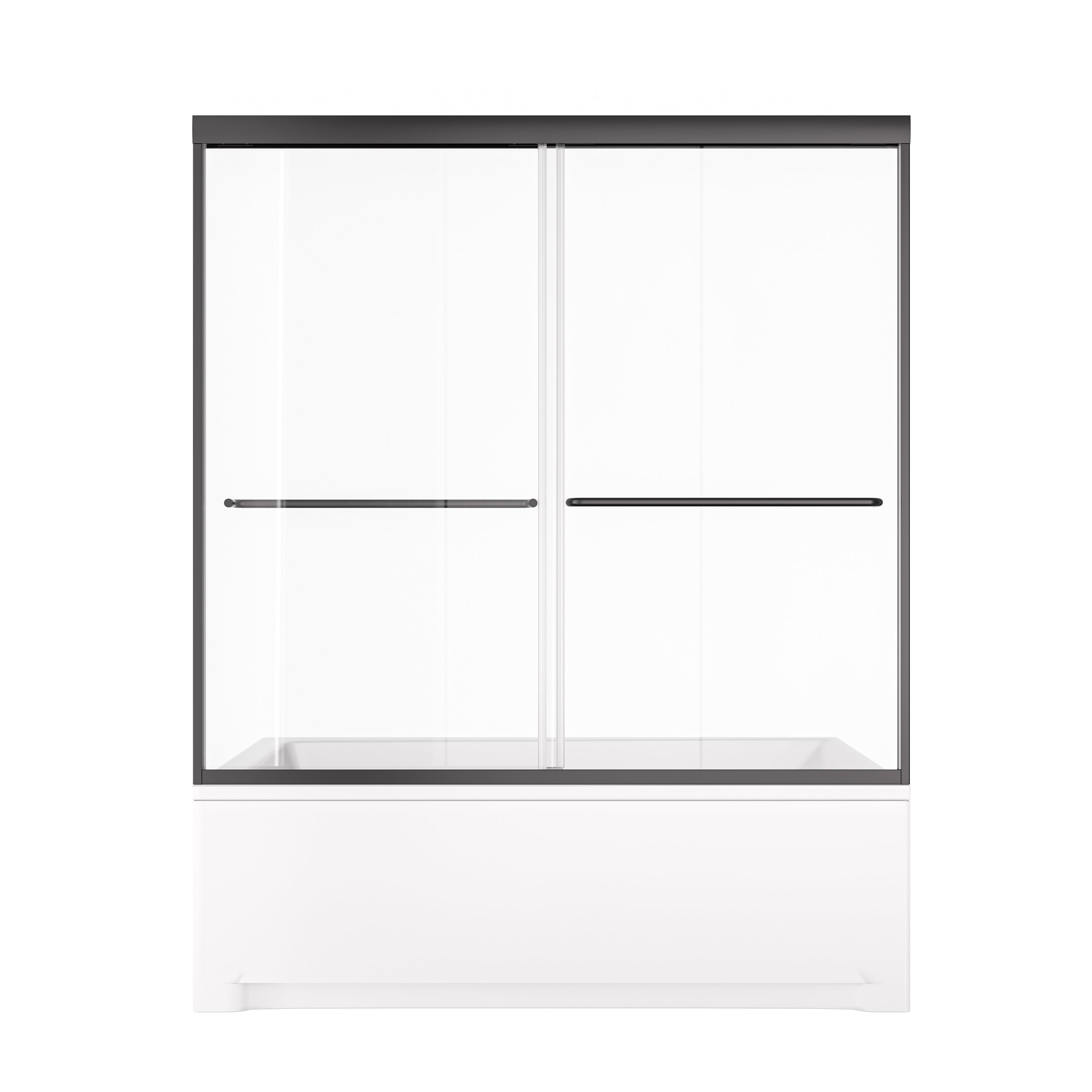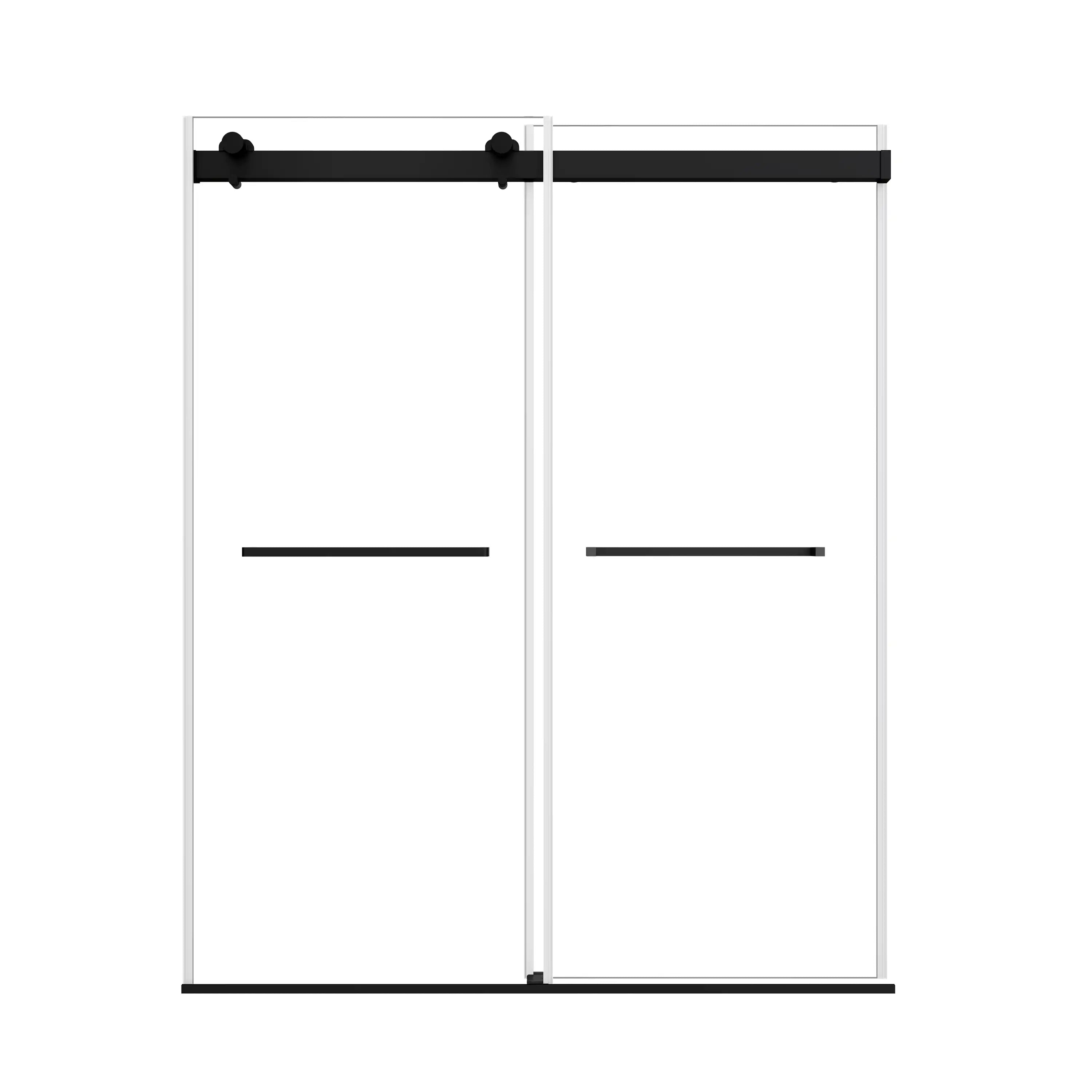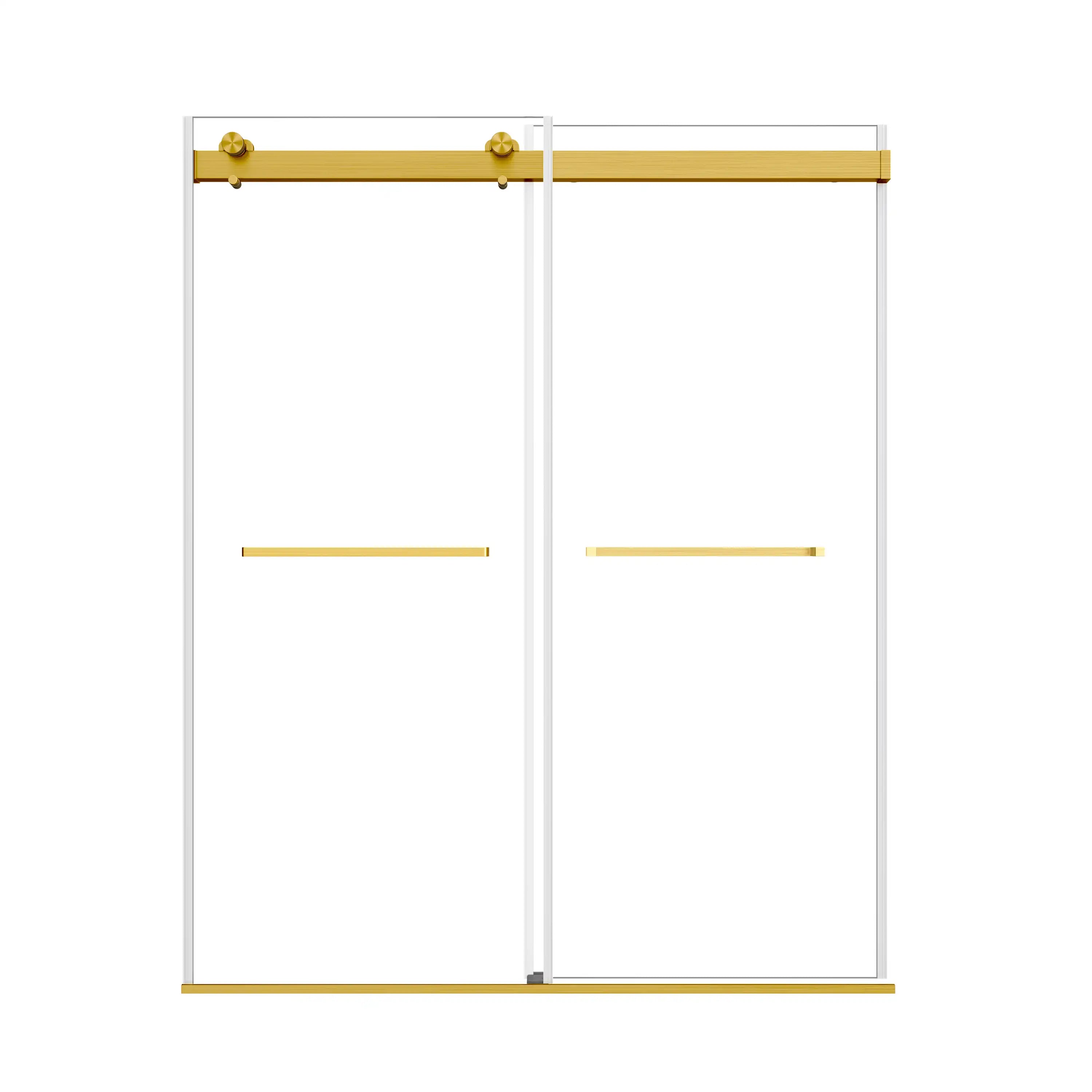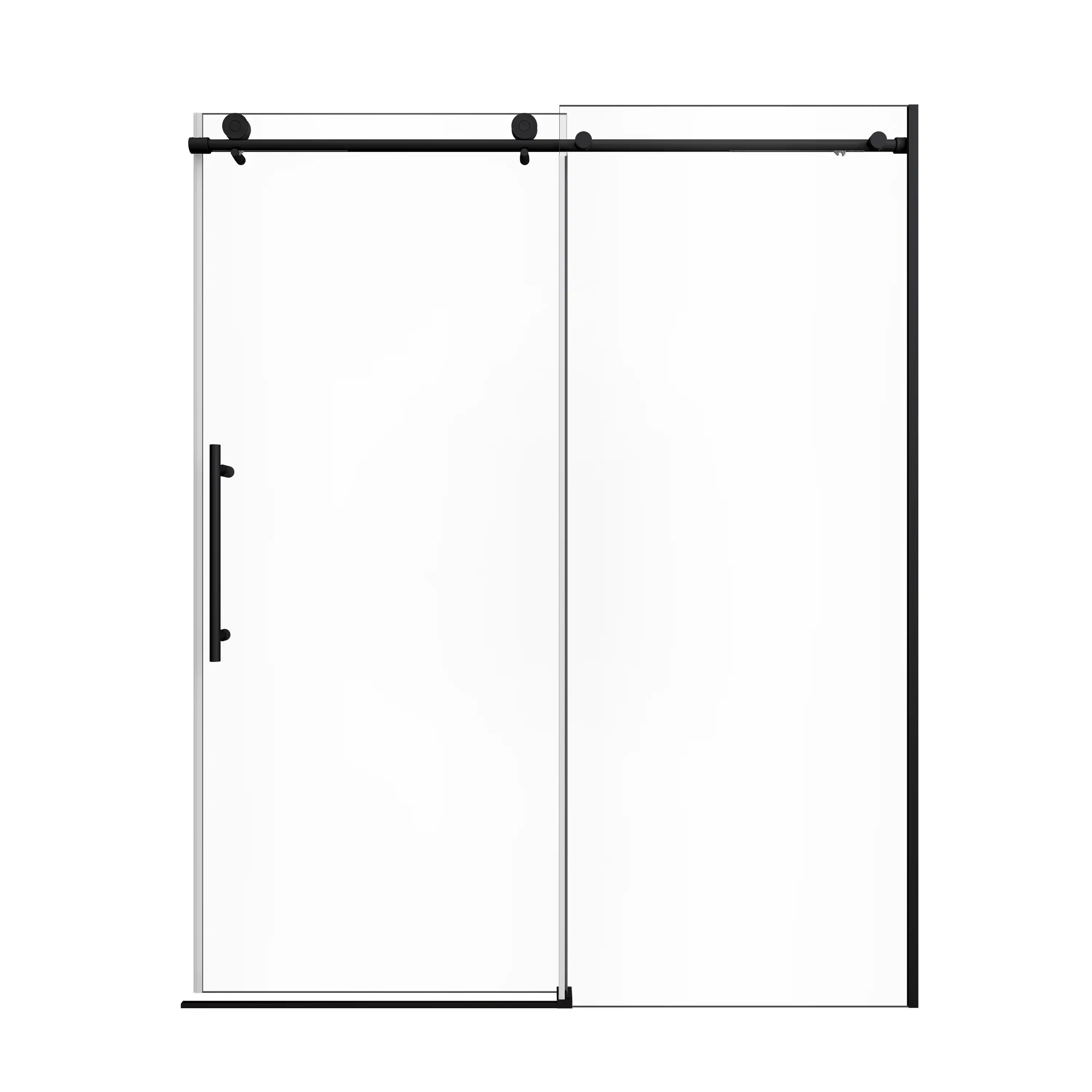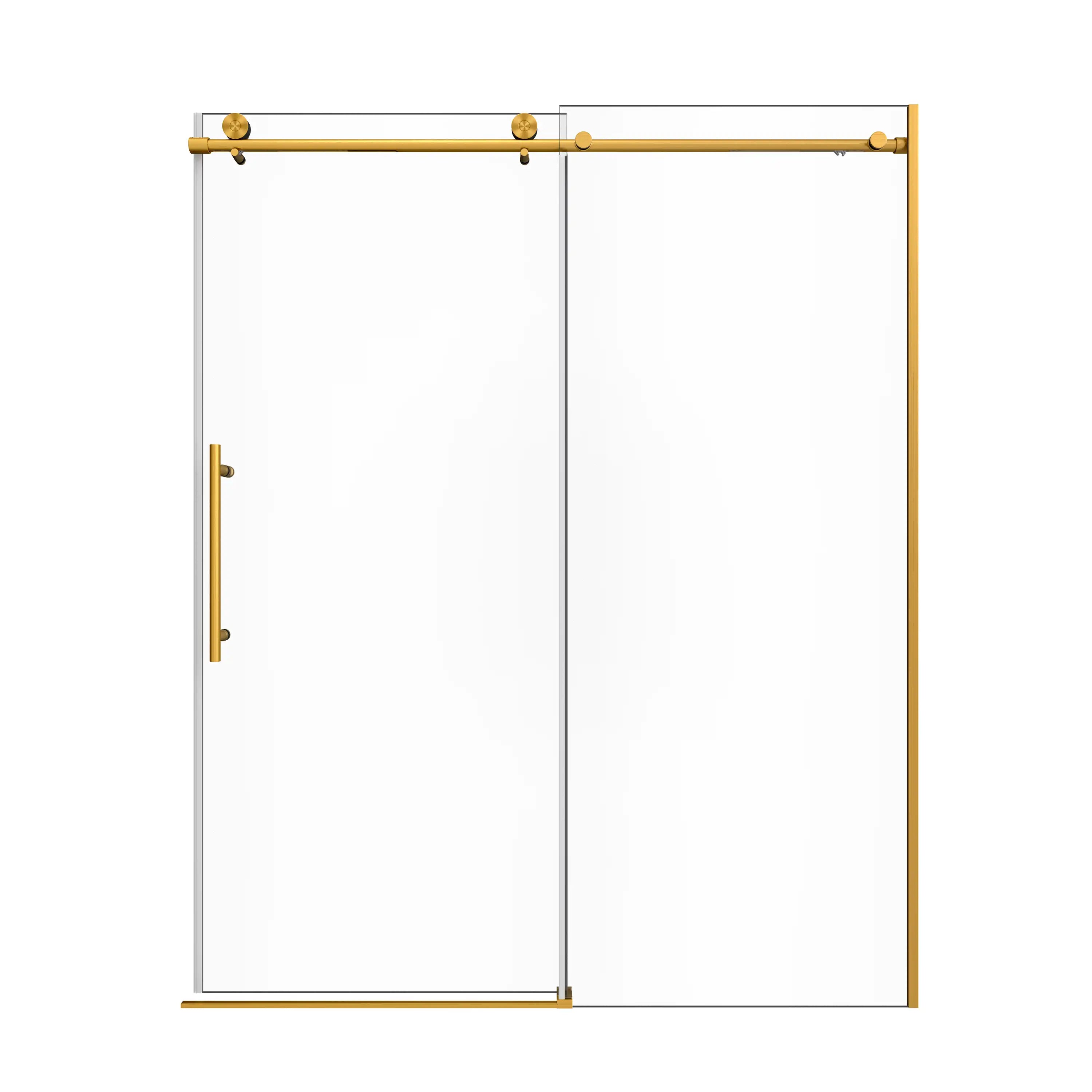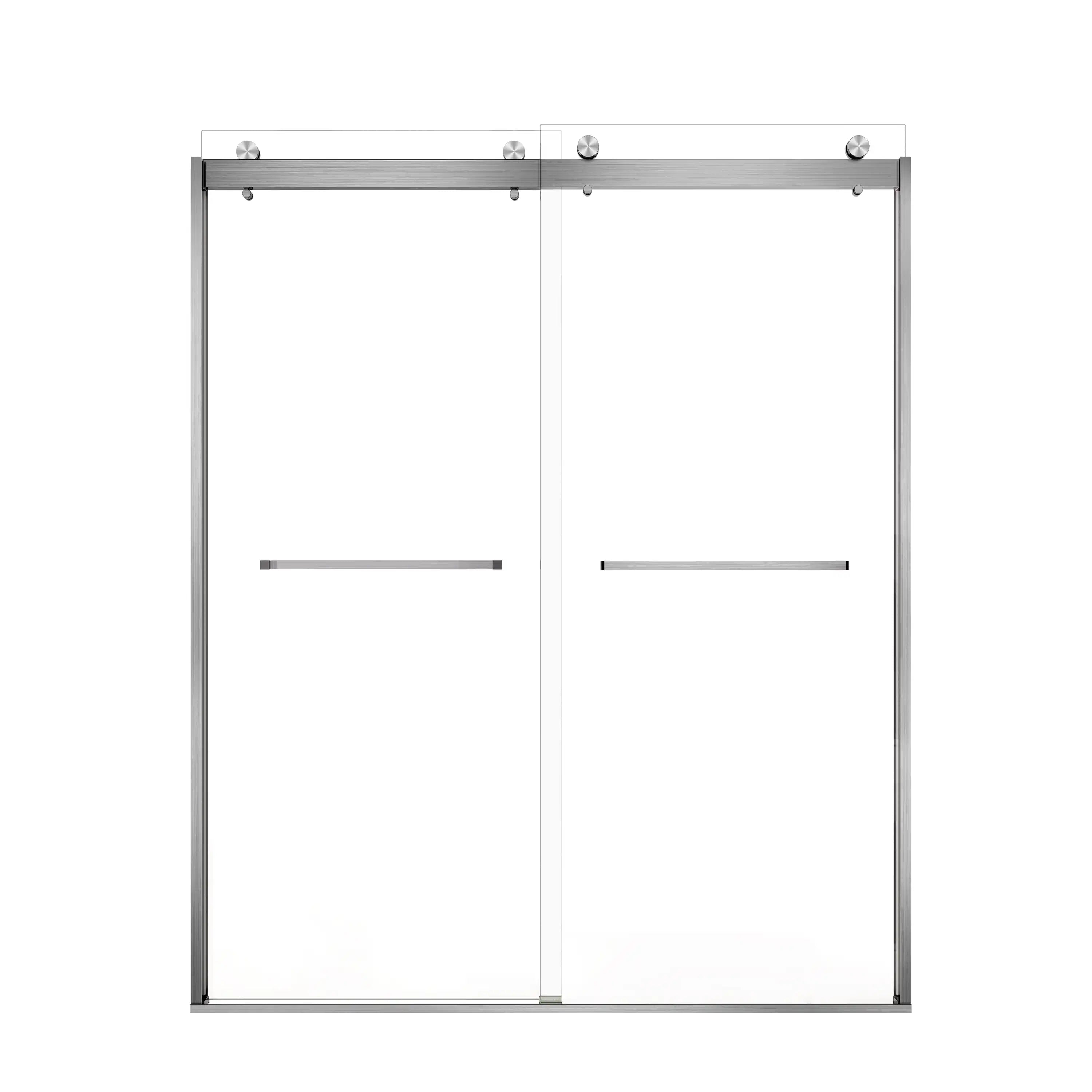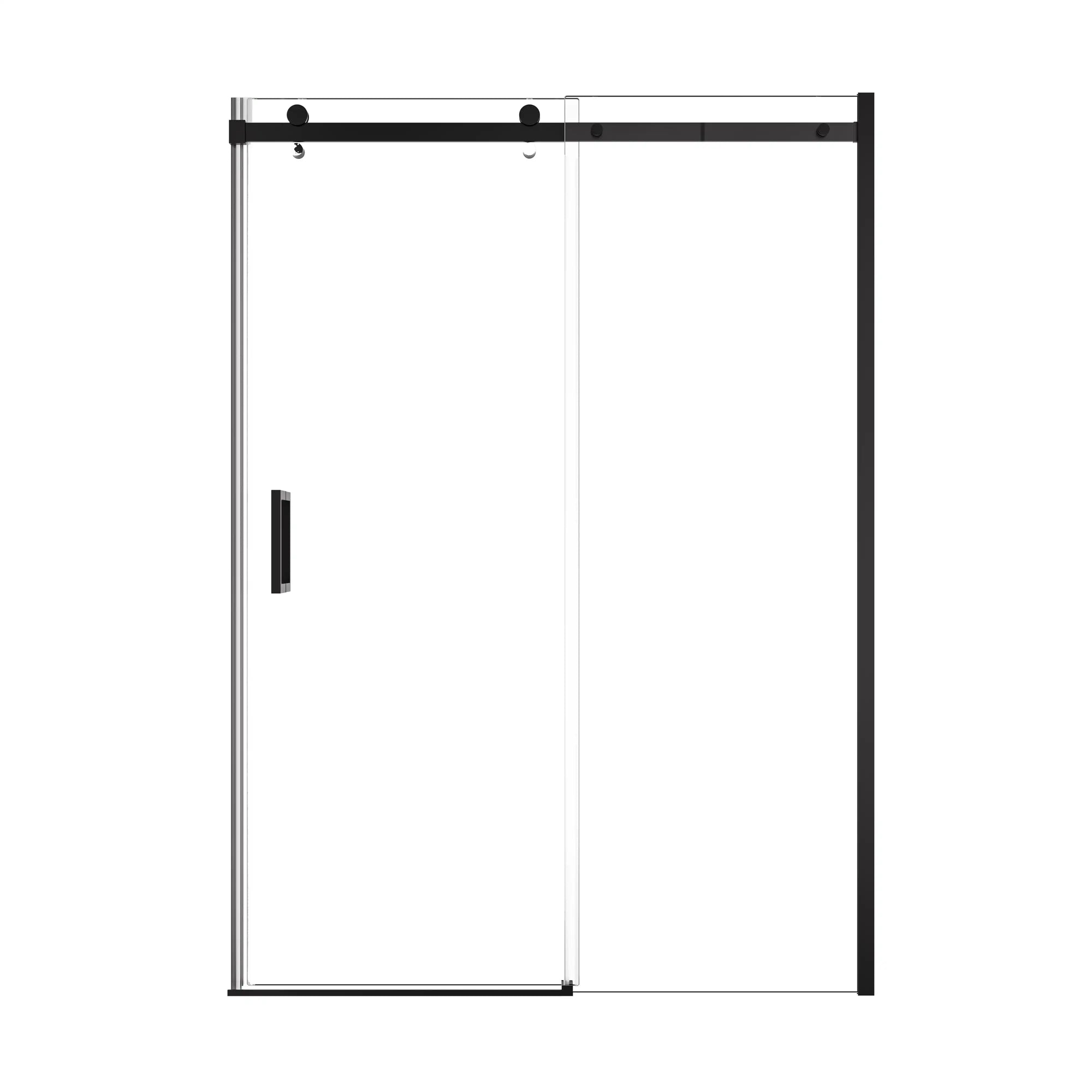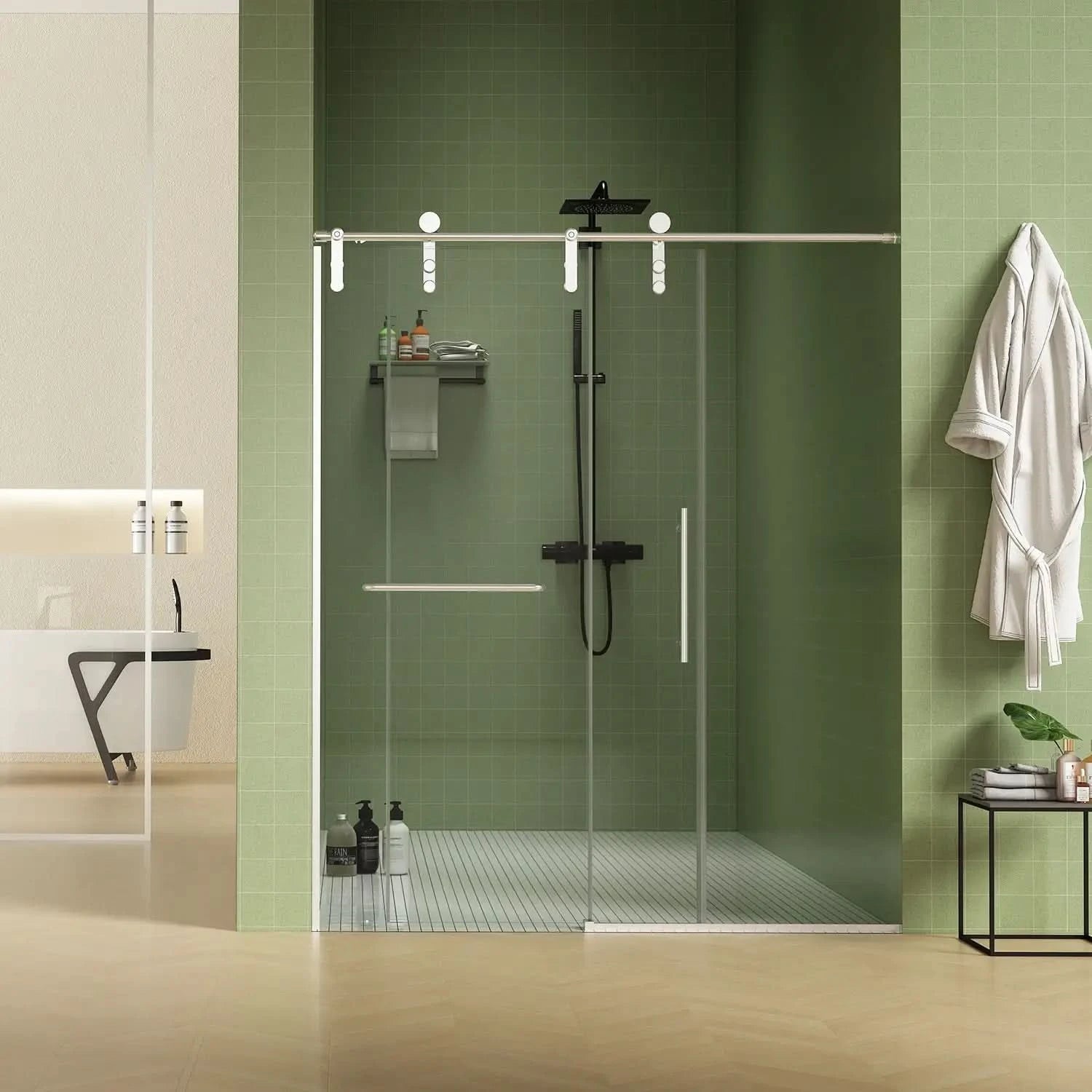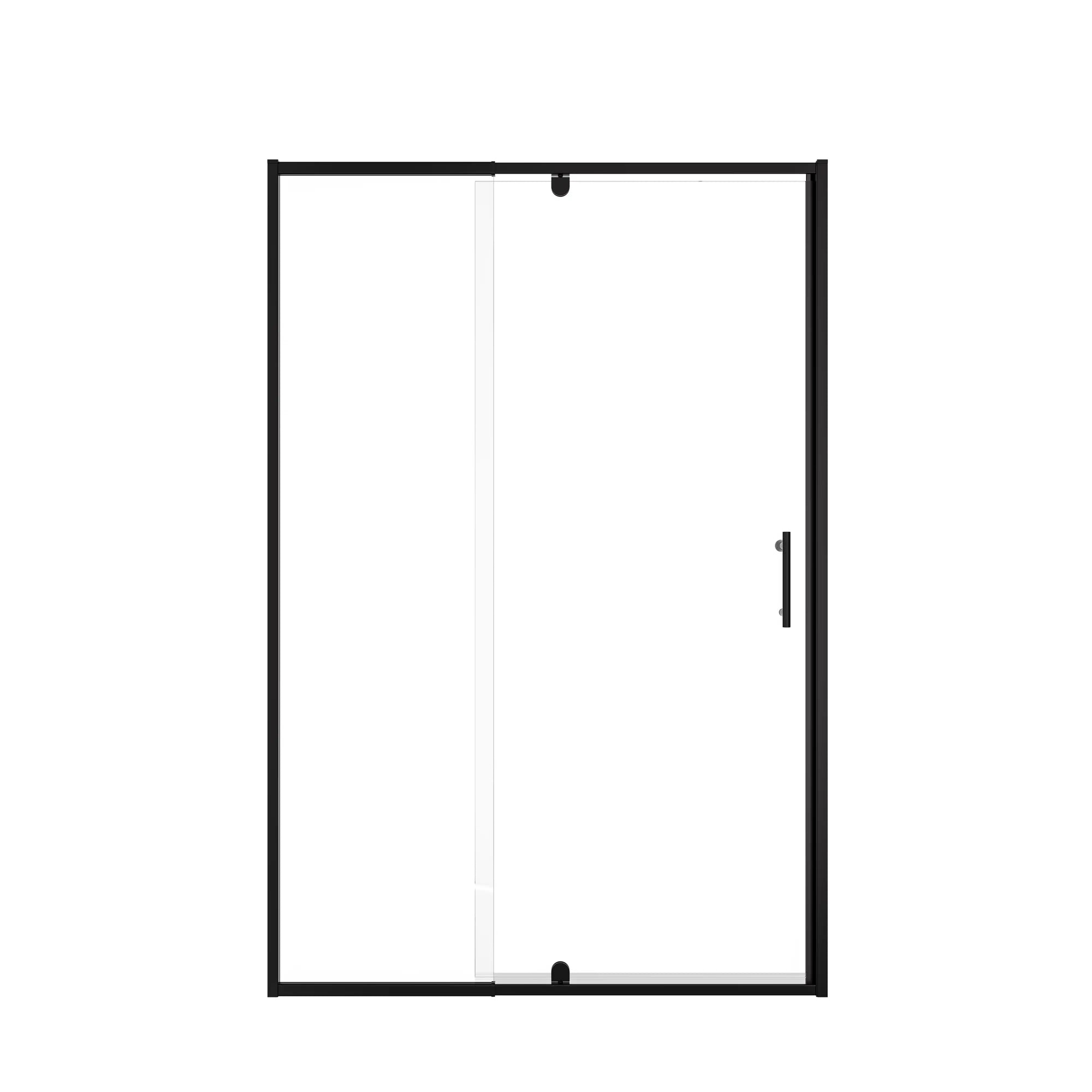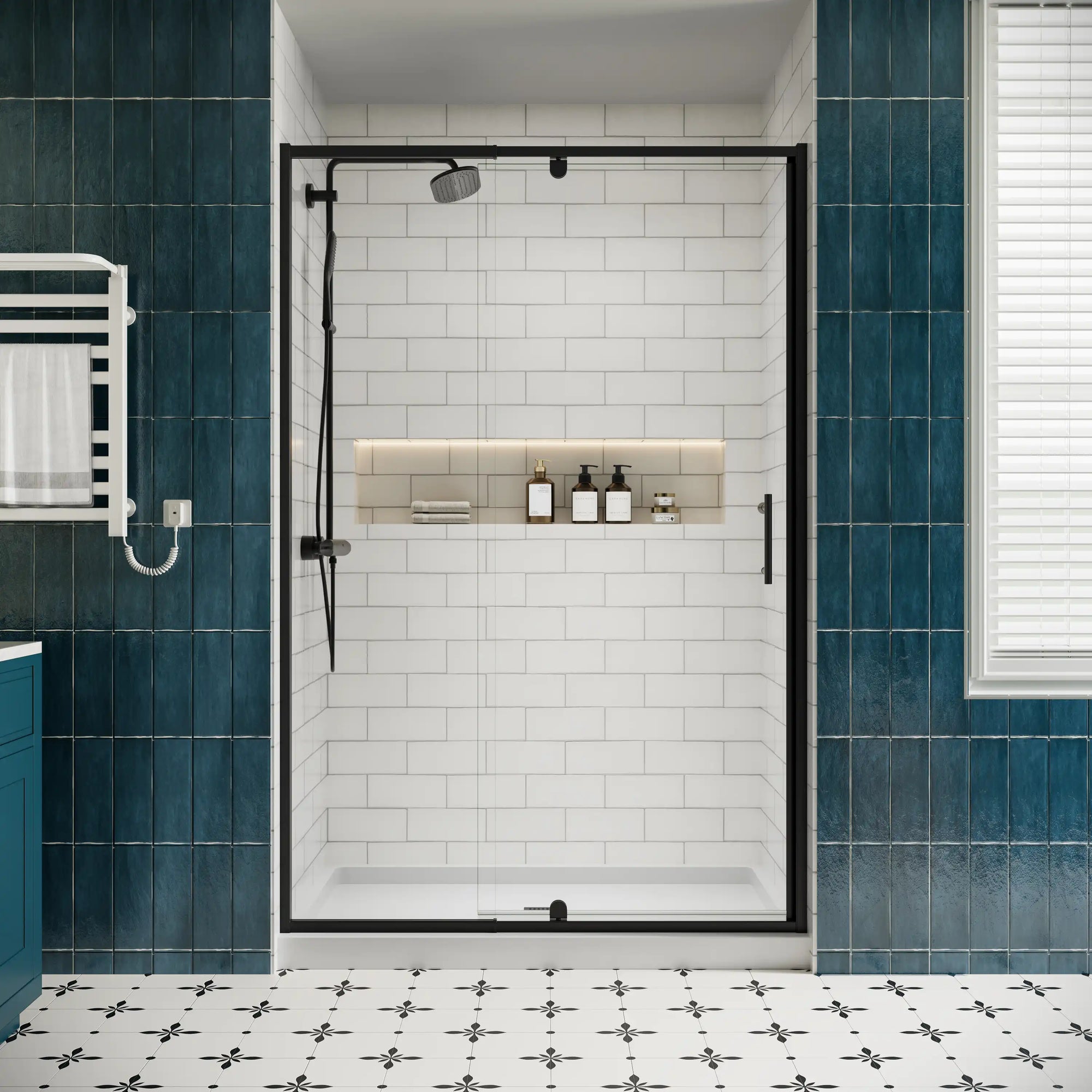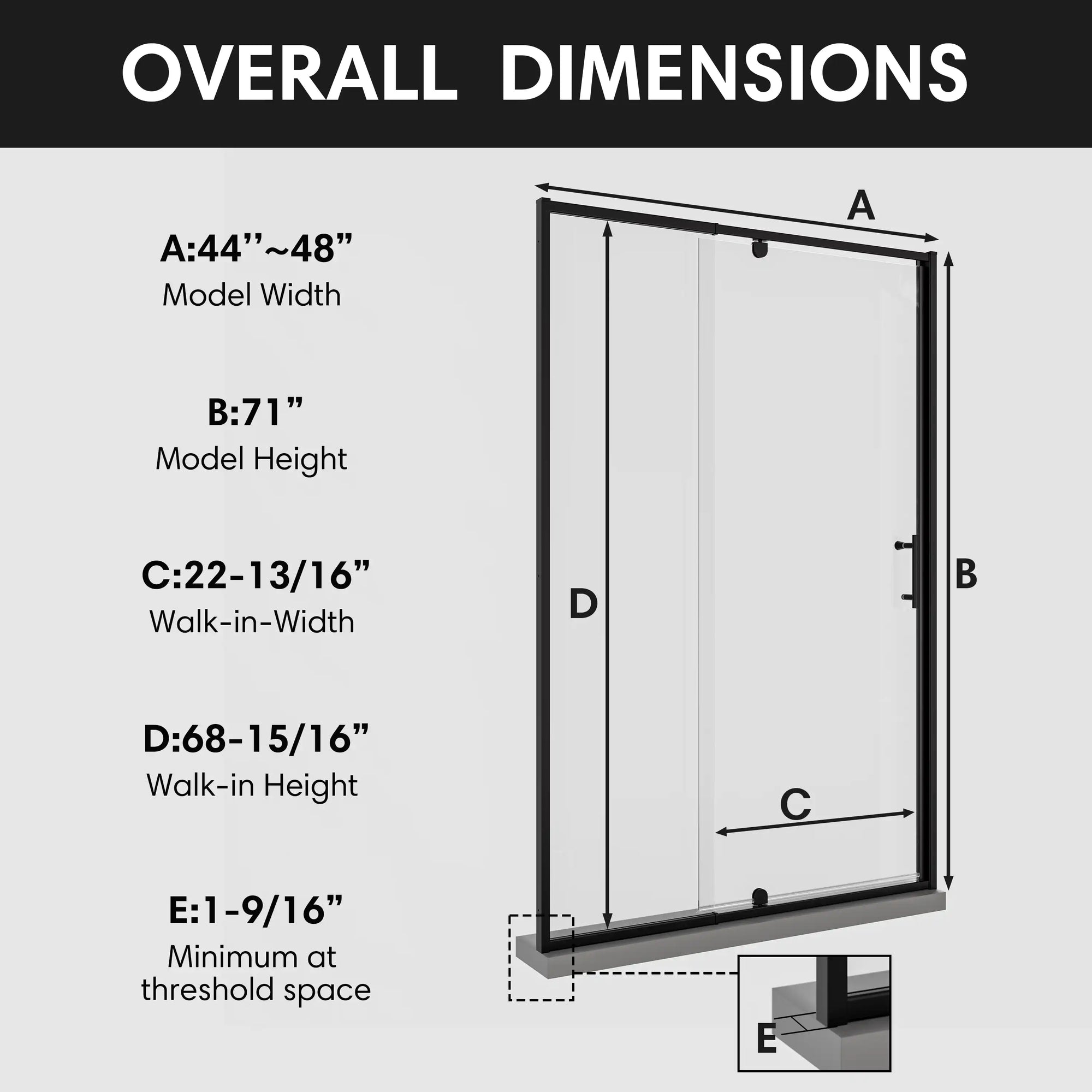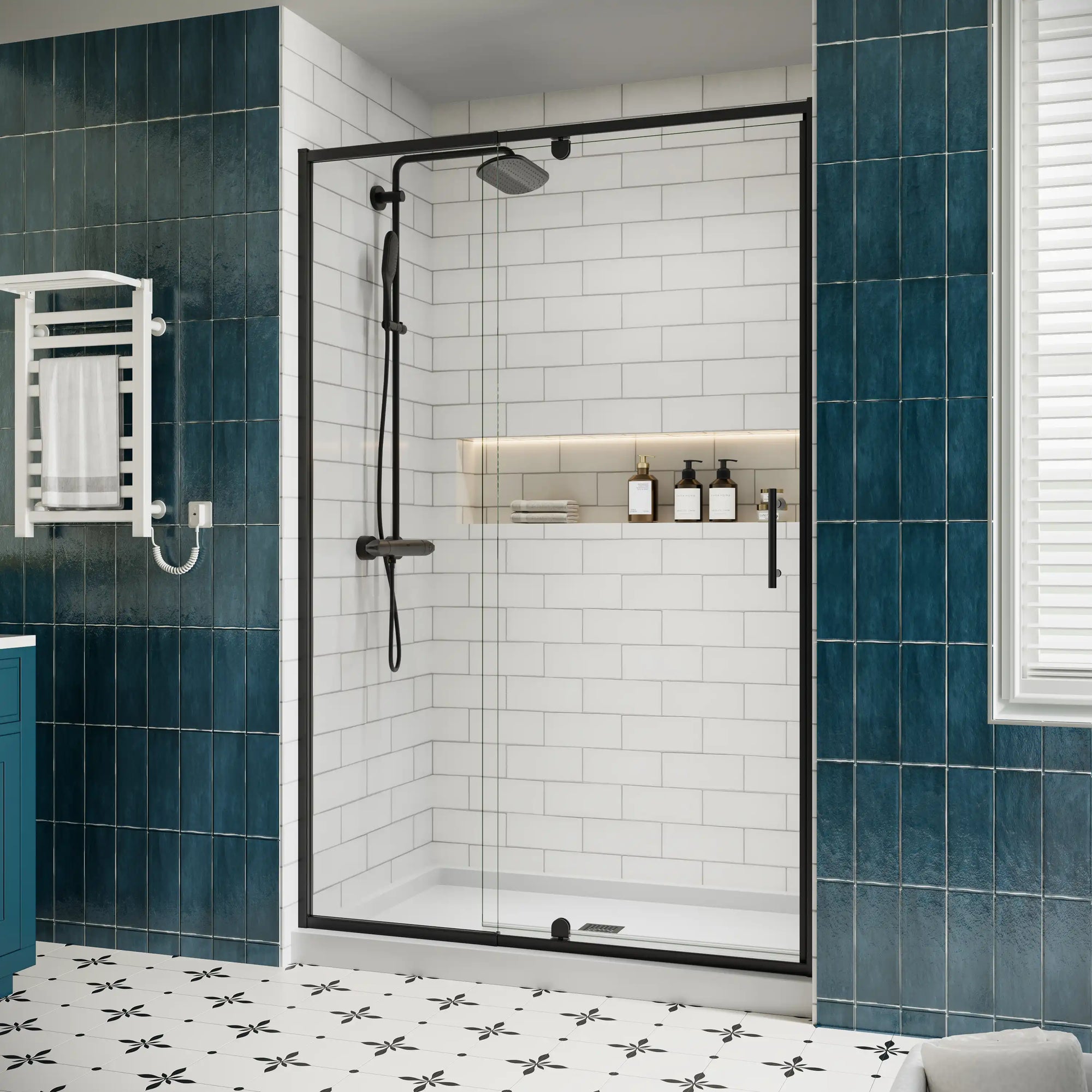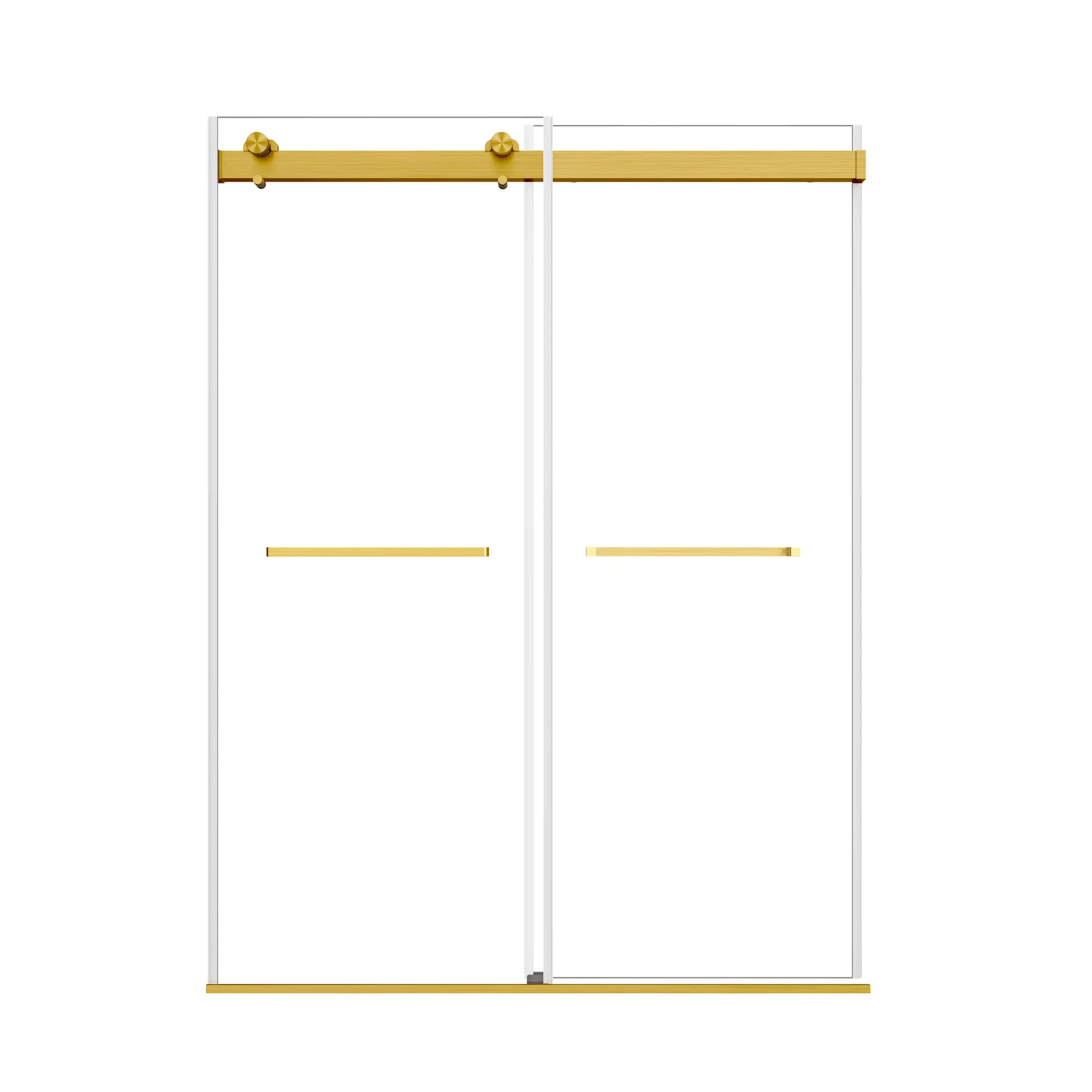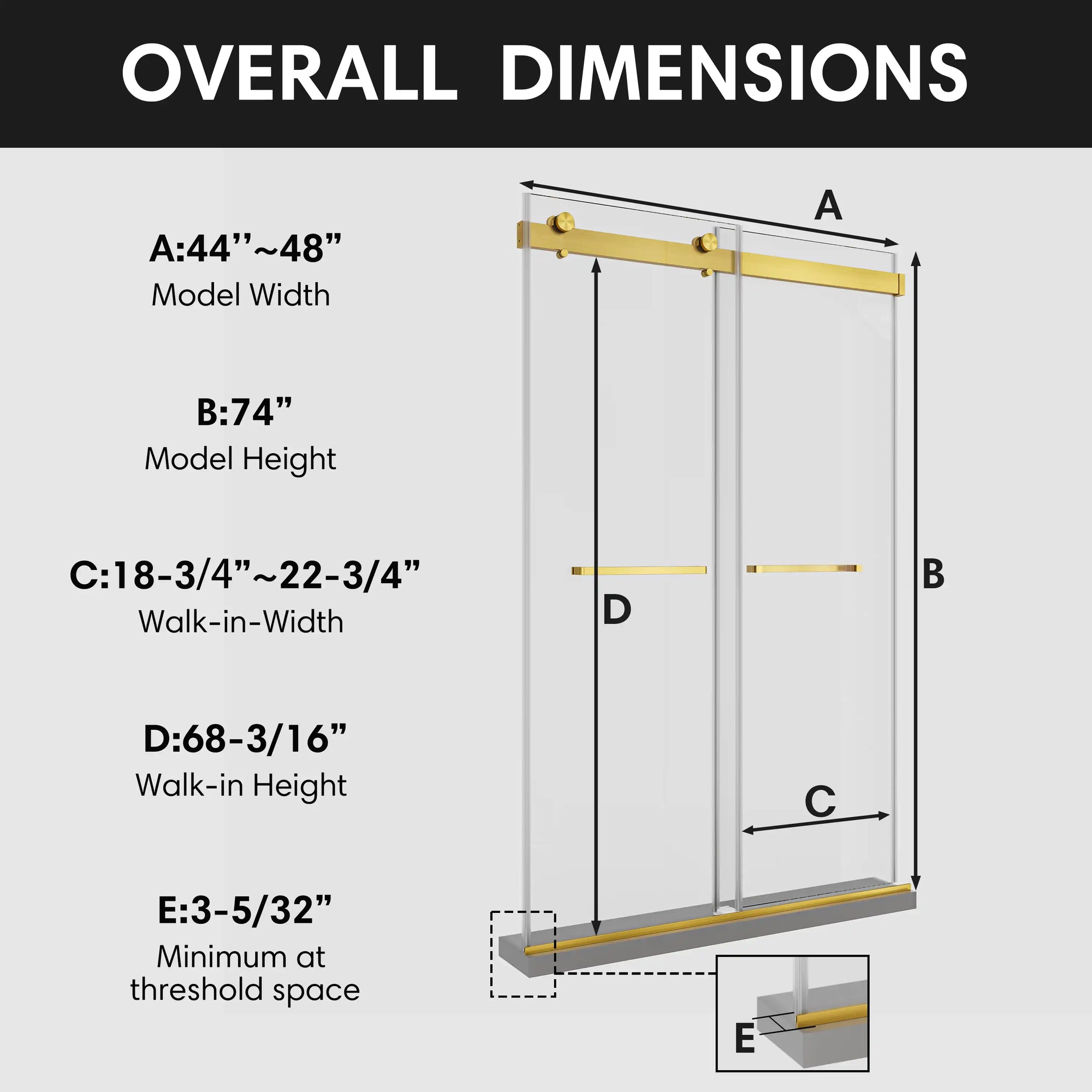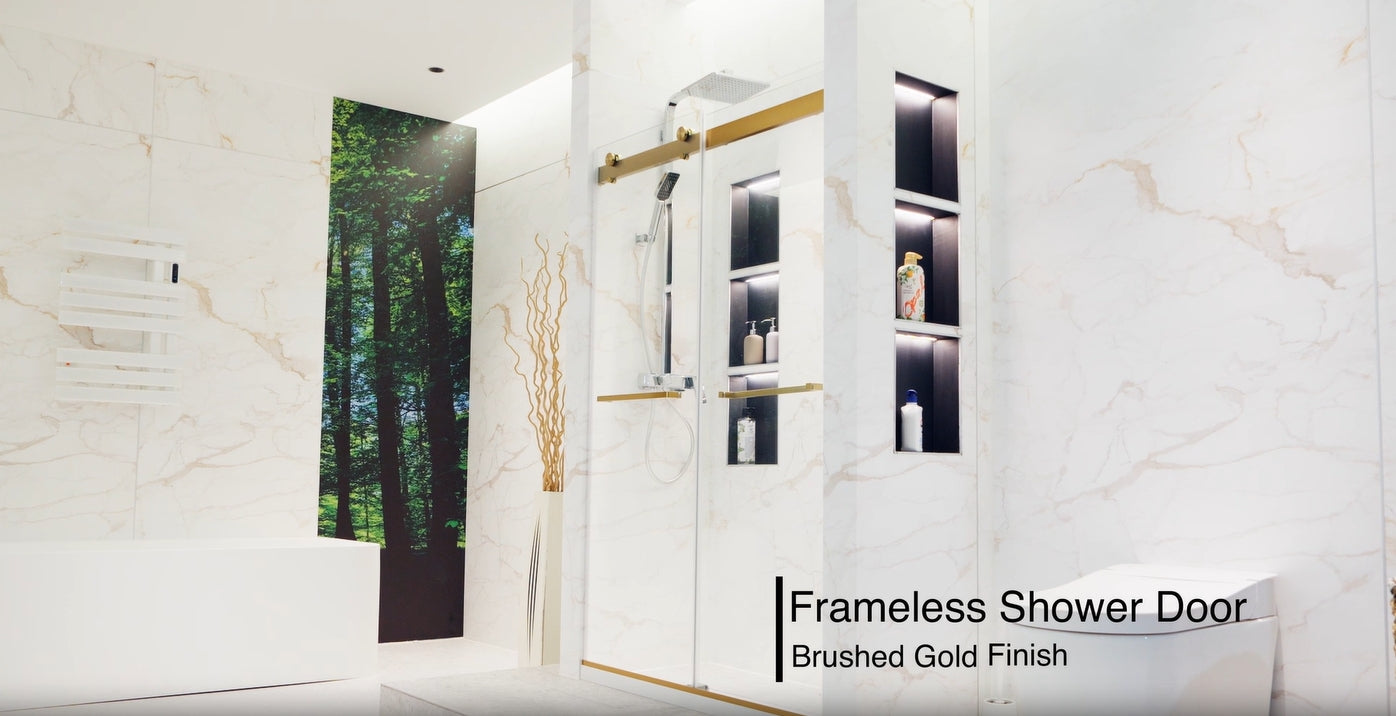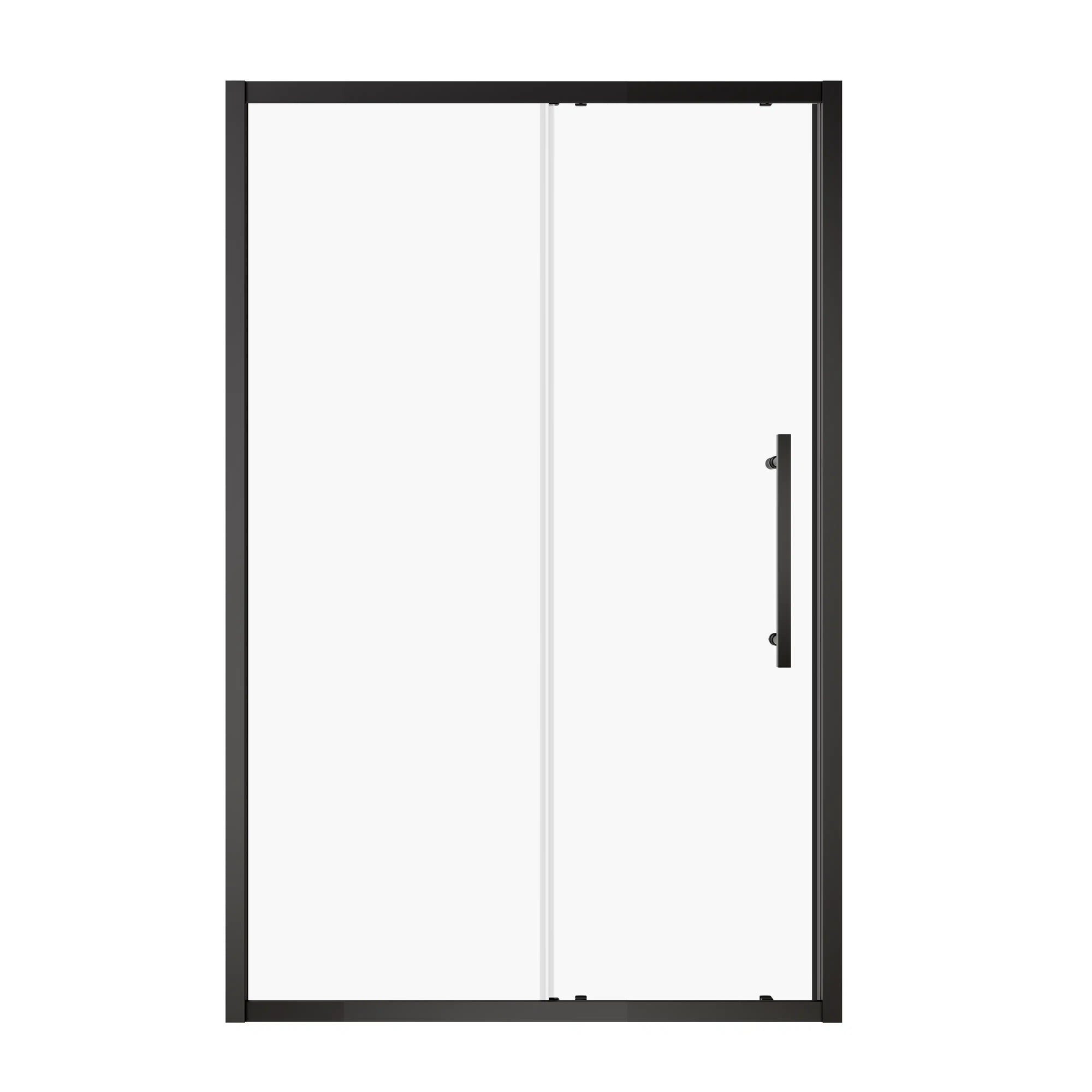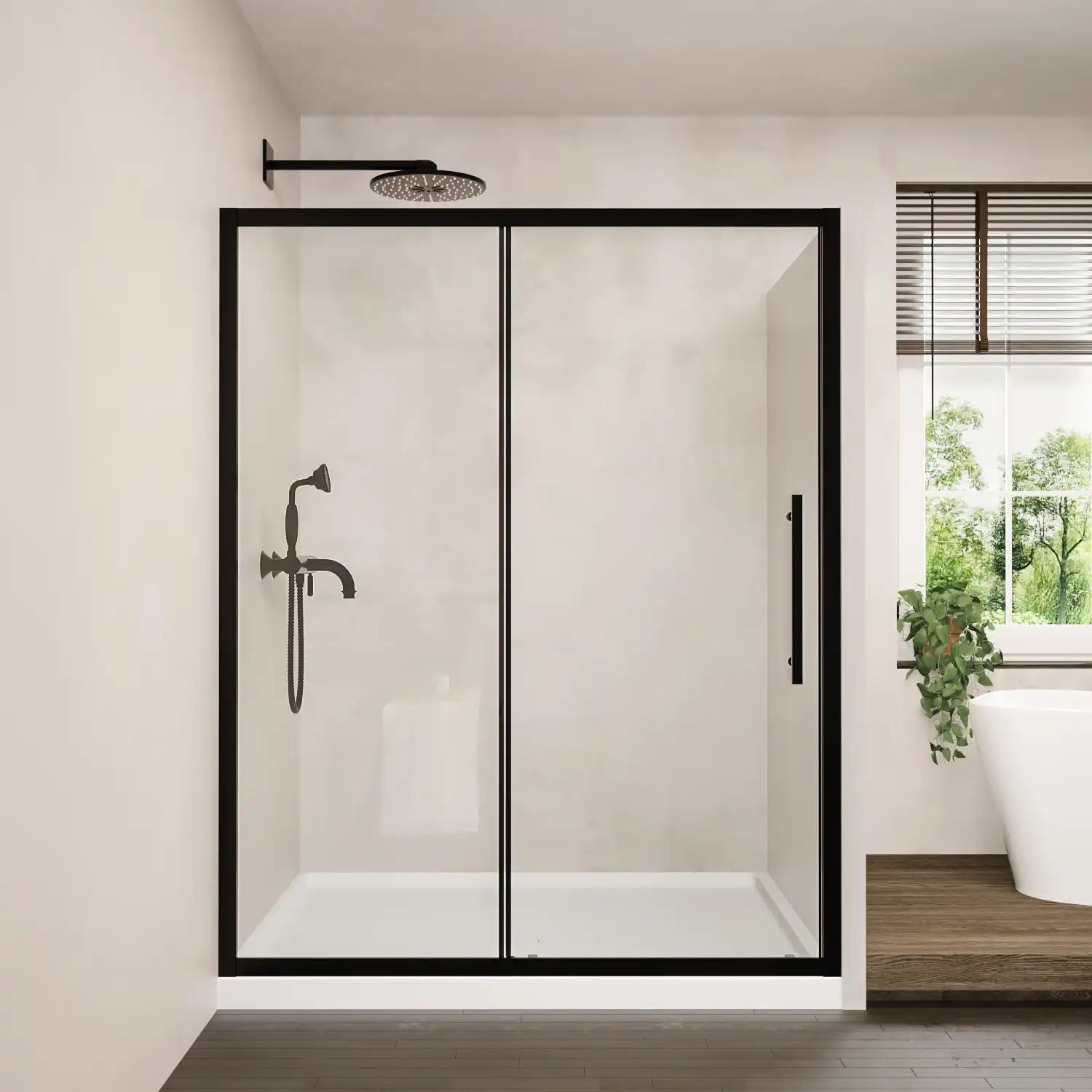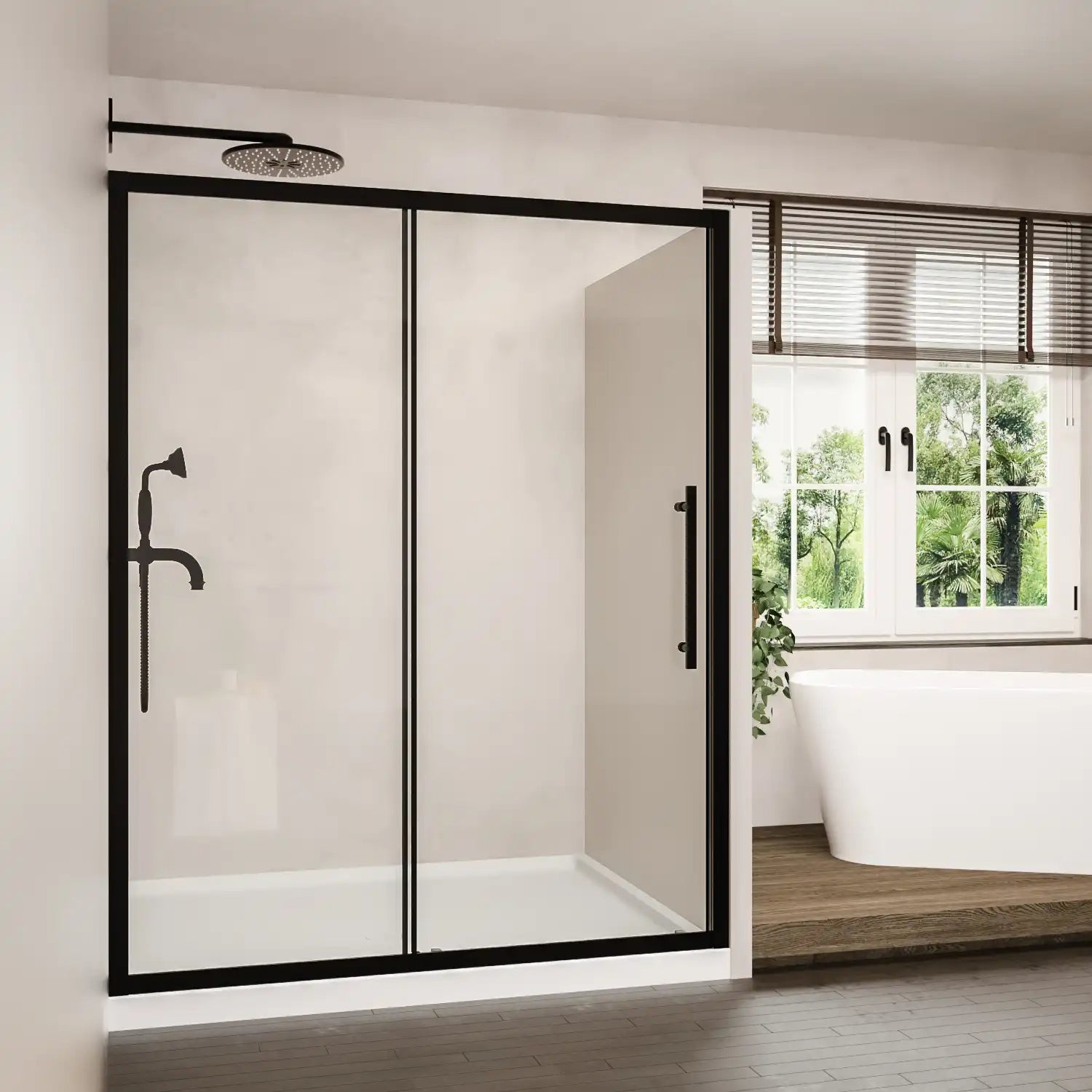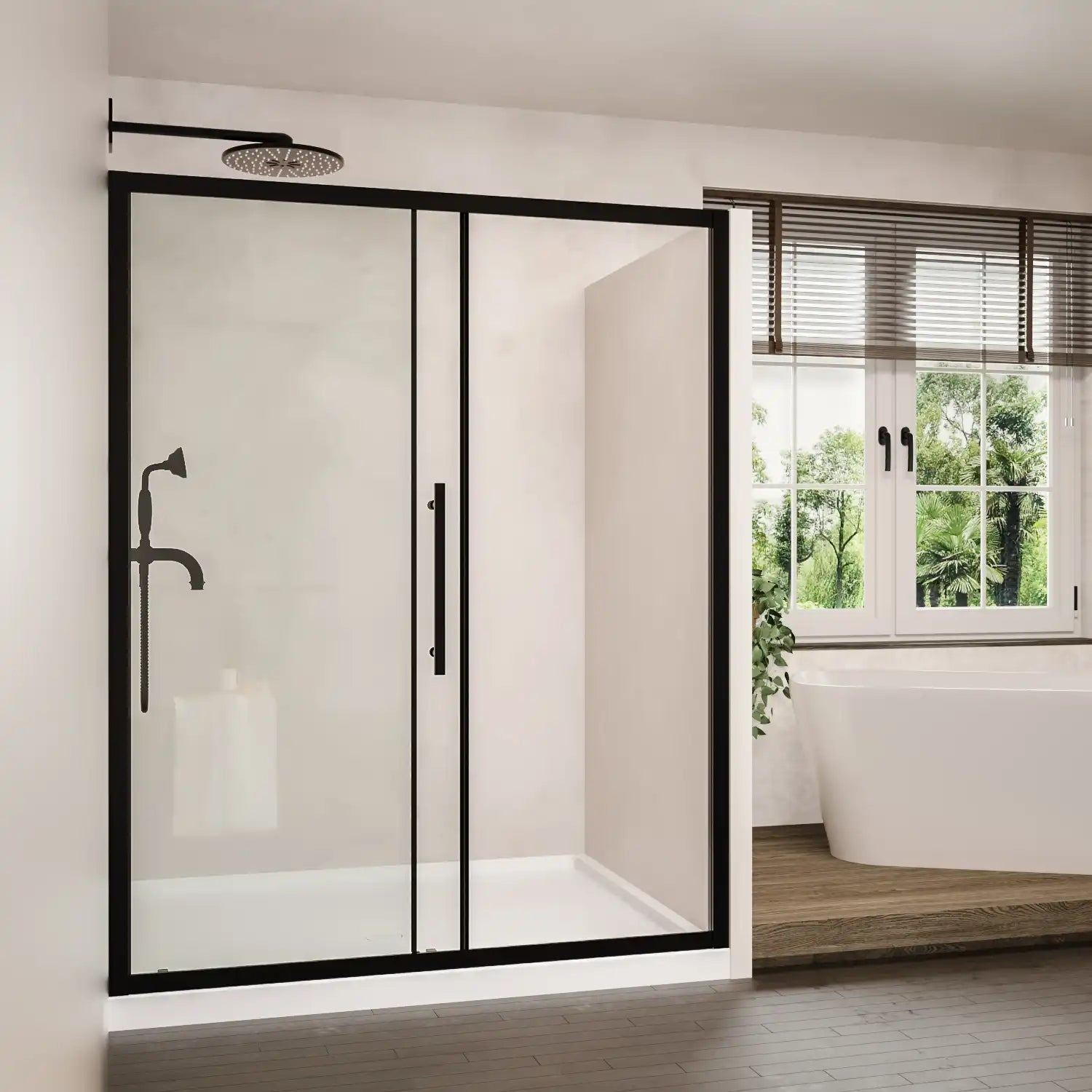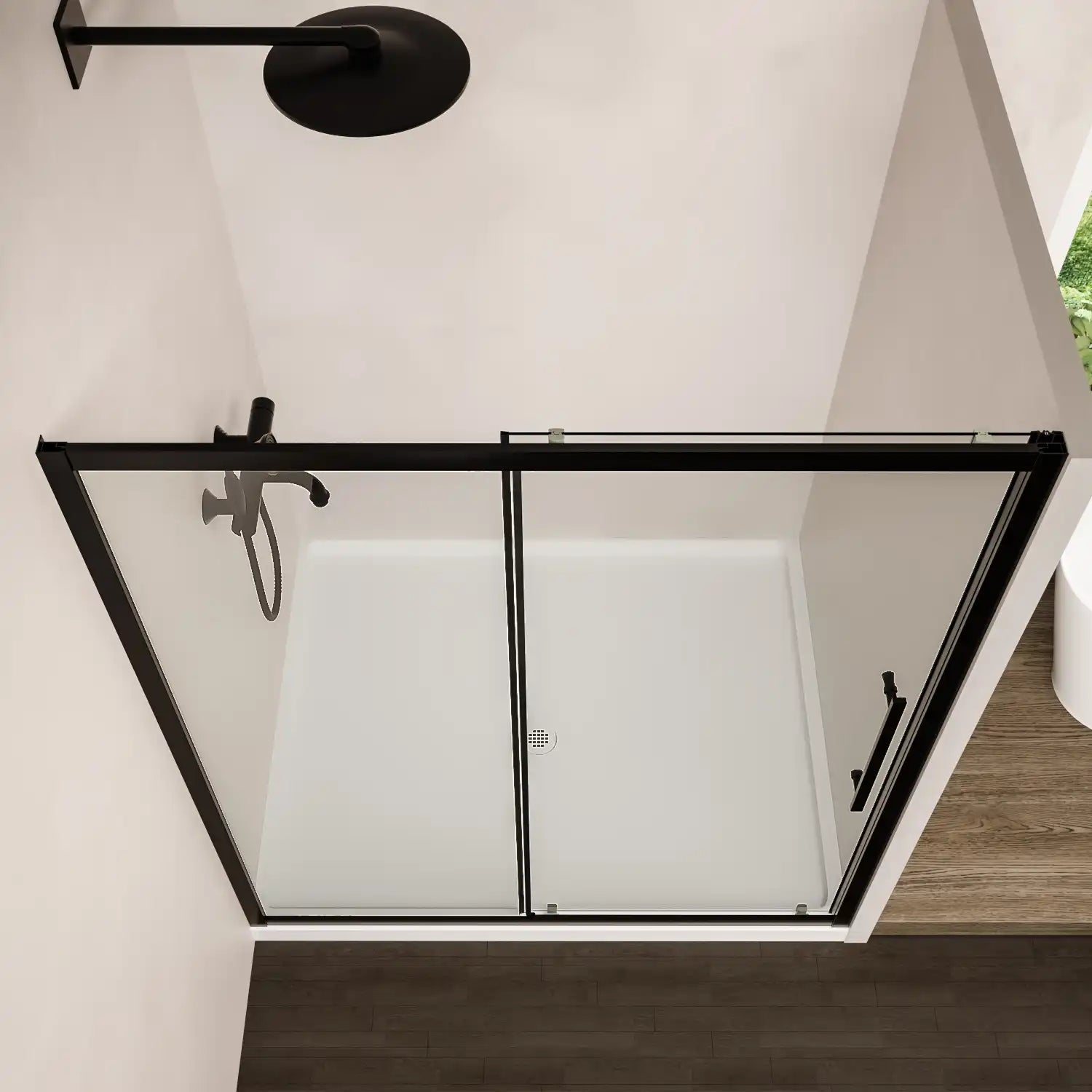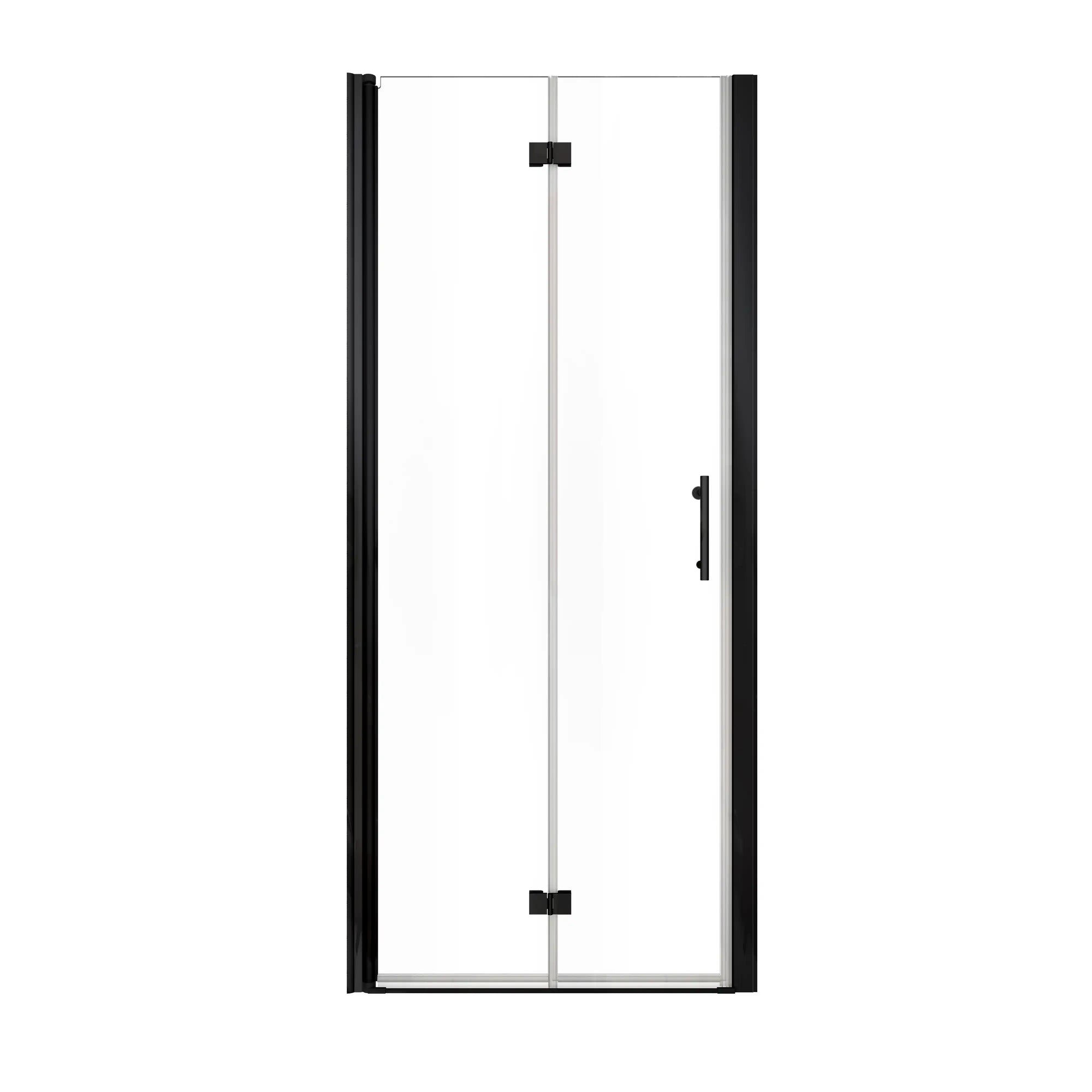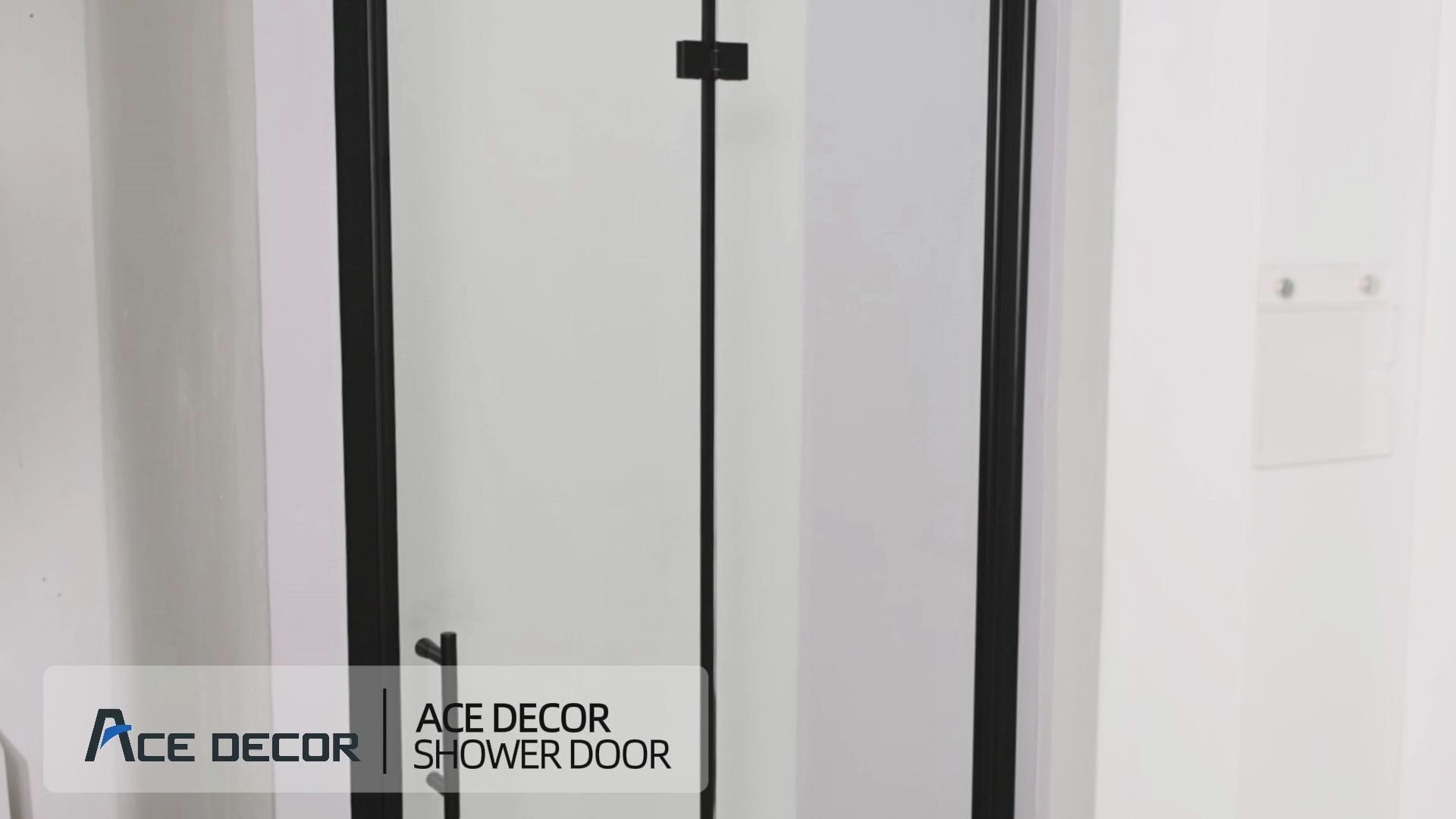Table of Contents
- Why Choose Bifold Barn Doors for Your Home?
- Choosing the Right Materials and Hardware
- Step-by-Step Installation Process
- Real-World Installation Challenges: No-Drill Solutions
- Pro Tips for DIY Installation Without Floor Damage
- Common Mistakes to Avoid
- Maintaining Your Bifold Barn Doors
- FAQs
- Final Thoughts
- Related Articles
Bifold barn doors have become a favorite in modern interior design for their versatility, space-saving benefits, and rustic charm. Whether you're renovating your home or simply looking for a stylish way to separate rooms, a bifold barn door offers a unique blend of functionality and aesthetic appeal.
Unlike traditional barn doors that slide along the wall, bifold barn doors fold at the center, allowing them to take up less space when opened. This makes them perfect for smaller areas like closets, pantries, laundry rooms, or bathrooms.
In this ultimate guide, we'll walk you through everything you need to know—from choosing the right hardware to step-by-step installation, including no-drill solutions that protect your flooring. Whether you're a DIY enthusiast or curious about how bifold barn doors can transform your space, this guide has you covered.

Why Choose Bifold Barn Doors for Your Home?
Before we dive into the installation process, it's important to understand why bifold barn doors have gained popularity in home design. Here are some key benefits:
Space-Saving
One of the biggest advantages of bifold barn doors is their ability to save space. Traditional barn doors slide along the wall and require significant wall clearance, while bifold barn doors fold neatly inward, taking up less room. This makes them an excellent choice for closets, pantries, and laundry rooms where maximizing space is essential.
Stylish and Versatile
Bifold barn doors bring rustic character and modern charm into any home. Whether you prefer farmhouse-inspired wood or sleek glass-and-metal, bifold doors fit seamlessly into bedrooms, kitchens, or home offices. They can also be used as room dividers, making them a stylish way to define open-plan spaces.
Easy to Use
Thanks to their folding mechanism, bifold barn doors are simple to operate. The panels glide smoothly along the track and fold away neatly, offering quick access to your space without bulky sliding tracks.

Choosing the Right Materials and Hardware
The first step in installing bifold barn doors is choosing the right materials and hardware. This is crucial for ensuring both the durability and style of your doors.
Materials
Bifold barn doors are available in a variety of materials, each offering a distinct look and level of durability. Here are some popular options:
-
Wood: Wood is the most common material for bifold barn doors, offering a classic, rustic look. Depending on the type of wood (e.g., pine, oak, or reclaimed wood), your doors can have a natural, farmhouse charm or a more polished finish.
-
Metal: Metal bifold doors offer a sleek, industrial aesthetic that works well in modern and minimalist spaces. They are also highly durable and require less maintenance than wood.
-
Glass and Wood Combination: For a more contemporary look, many bifold barn doors feature glass panels framed in wood. This design allows light to pass through, making the space feel more open while still offering separation.

When choosing the material for your bifold barn door, consider the overall style of your home as well as the room where the door will be installed. For example, a wood-and-glass combination might work well in a modern kitchen or office, while solid wood doors are ideal for bedrooms or closets.
Hardware
The right hardware is essential for both the functionality and aesthetic of your bifold barn doors. Here are a few key components you’ll need:
-
Track System: A smooth track system ensures your bifold barn doors glide easily when opening and closing. Look for a durable metal track that can support the weight of the doors without sagging.
-
Hinges: Hinges allow the door panels to fold smoothly. Heavy-duty, corrosion-resistant hinges are recommended for long-lasting performance.
-
Handles and Pulls: Handles or pulls add the finishing touch to your doors. Choose hardware that complements the overall design—whether you prefer rustic, vintage, or modern styles.
-
Guide Rails: Floor or wall-mounted guide rails keep the doors in place, preventing them from swinging or becoming misaligned over time.
For spaces like bathrooms or laundry rooms, choosing moisture-resistant materials and top-hung systems is especially important, since these areas often combine limited floor space with higher humidity levels.
Step-by-Step Installation Process
Installing bifold barn doors may seem intimidating, but with the right tools and instructions, it can be a rewarding DIY project. Here’s a step-by-step guide to help you through the process.
Tools You'll Need:
- Measuring tape
- Drill and drill bits
- Screwdriver
- Level
- Pencil
- Saw (if trimming is necessary)
- Screws and anchors (depending on wall material)
Step 1: Measure the Door Opening
Before purchasing or installing your bifold barn doors, it’s crucial to measure the door opening accurately. Measure the width and height of the door frame, making sure to leave room for hardware and track installation. Bifold doors typically need to be slightly smaller than the opening to allow for smooth operation.
Measure the opening in multiple spots (top, middle, and bottom) to ensure the frame is even.

Step 2: Install the Track
Once you’ve measured the door opening, you can install the track at the top of the frame. The track should be centered above the door opening and mounted securely to the wall or ceiling. Use a level to ensure the track is straight before drilling holes for the screws.
Most track systems will come with pre-drilled holes and mounting brackets, making the installation process straightforward.

Step 3: Attach the Hinges to the Door Panels
Next, attach the hinges to the door panels. Hinges will allow the bifold doors to fold as they open and close. Be sure to use sturdy, high-quality hinges that can support the weight of the doors. Position the hinges at evenly spaced intervals along the vertical edge of the door where the panels meet.
Attach the hinges before hanging the doors to ensure proper alignment.

Step 4: Mount the Doors
Once the hinges are attached, it's time to mount the doors onto the track. Start by attaching the top pivot bracket to the top of the door panel. Slide the pivot into the track and adjust the position so that the door hangs straight.
Make sure the doors can fold and unfold easily as you slide them along the track. If necessary, adjust the brackets to ensure smooth operation.

Step 5: Install the Guide Rails
To prevent the doors from swinging or wobbling, install guide rails at the bottom of the door frame. Depending on the type of guide rail you choose, it may need to be mounted to the floor or wall. The guide rails keep the bottom of the doors aligned and ensure smooth sliding motion.

Step 6: Add Handles and Finishing Touches
Finally, add the door handles or pulls to complete the installation. Choose handles that match your decor and are easy to grip. If you’re going for a rustic look, metal handles with an industrial design work well. For modern spaces, sleek and simple handles are a better fit.
At this stage, you can also touch up any areas where the paint or finish may have been scratched during installation.

Real-World Installation Challenges: No-Drill Solutions
A common concern many homeowners face when installing bifold barn doors is how to secure the doors without drilling into new flooring. For example, one frustrated homeowner on Reddit shared how his newly installed floors prevented him from using the typical bottom-mounted guide track, leaving him searching for a no-drill alternative.
If you're in the same situation, here are practical solutions:
Top-Track-Only Systems
Many bifold barn door kits now come with reinforced top tracks that eliminate the need for a bottom guide. These systems rely on heavy-duty pivots and hinges that keep the doors stable while folding smoothly.
Wall-Mounted Guide Options
Instead of drilling into the floor, you can use wall-mounted guide brackets that attach to the baseboard. These provide the same alignment as floor guides but without damaging your flooring.
Magnetic or Low-Profile Guides
Some hardware manufacturers offer adhesive or magnetic bottom guides. These sit on top of the floor and keep the doors aligned without permanent installation—ideal for renters or those with delicate flooring.
Specialty Hinges for Edge-Mounting
Some users often debate hinge placement, but a reliable solution is edge-mounted bifold hinges that allow the doors to fold naturally without a bottom pivot. These are designed specifically for closets and laundry spaces where drilling into the floor is not an option.
Many top-hung bifold systems and edge-mounted hinge kits available on the market are designed to work without floor tracks, making them a great option for homeowners who want to avoid drilling into new flooring. This approach is often recommended as an alternative to standard kits, which typically include bottom guides.
Pro Tips for DIY Installation Without Floor Damage
- Always reinforce the top track into studs or ceiling joists to support the extra load.
- If skipping a floor track, choose doors made of lightweight but durable materials (like engineered wood with hollow-core design).
- Use adjustable hinges and pivot brackets—this allows fine-tuning the alignment if the doors shift over time.
- For laundry or utility closets, consider adding a soft-close mechanism to reduce wear when the doors swing more freely.
Common Mistakes to Avoid
Even with a comprehensive guide, there are a few common mistakes that can arise during bifold barn door installation. Here are a few tips to avoid problems:
-
Incorrect Measurements: Always double-check your measurements before cutting or installing any hardware. A misaligned track or uneven doors can lead to functional issues down the road.
-
Choosing the Wrong Track Length: Ensure that the track is long enough to accommodate the full width of the door panels when folded. A too-short track can hinder the smooth operation of the door.
-
Skipping the Guide Rails: Guide rails are essential for keeping the doors aligned. Skipping this step can cause the doors to wobble or become misaligned over time.
Maintaining Your Bifold Barn Doors
Once your bifold barn doors are installed, regular maintenance will ensure they continue to operate smoothly for years to come. Here are a few tips for maintaining your doors:
-
Clean the Track: Dust and debris can accumulate in the track, leading to squeaky or stuck doors. Regularly clean the track with a soft brush or cloth to remove any buildup.
-
Check the Hinges and Rollers: Over time, hinges and rollers may loosen. Periodically check them and tighten any loose screws to maintain smooth operation.
-
Lubricate the Track: If your doors start to stick or make noise when sliding, apply a lubricant to the track to reduce friction and ensure smooth movement

FAQs
1. Are bifold barn doors popular in American homes?
Yes, bifold barn doors are commonly used in U.S. homes, especially in small spaces like laundry rooms, pantries, and bathrooms where space-saving solutions are essential. They're also a popular design choice in modern farmhouse and rustic-style interiors.
2. Can I install a bifold barn door without drilling into my floor?
Many homeowners in the U.S. prefer no-drill options, especially if they've recently upgraded flooring. Top-hung track systems and wall-mounted guides are widely available at major retailers like Home Depot and Lowe's, making it easy to avoid floor damage.
3. Where can I buy bifold barn door hardware in the U.S.?
Bifold barn door hardware kits are available at big-box stores such as Home Depot, Lowe's, and Menards, as well as online retailers like Amazon and Wayfair. Many specialty stores also offer high-end kits for no-drill installations.
4. How much does it cost to install a bifold barn door in the U.S.?
The cost varies depending on material and installation method. On average, a bifold barn door kit in the U.S. ranges from $150–$400, while professional installation may add $200–$500. DIY installation is common for homeowners looking to save on labor costs.
5. Are bifold barn doors suitable for humid areas like bathrooms?
Yes, but in U.S. bathrooms and laundry rooms, it's best to choose moisture-resistant materials (such as treated wood or metal-and-glass combinations) to prevent warping and ensure long-term durability.
Final Thoughts
Whether you're drawn to their rustic charm or their practical space-saving design, bifold barn doors are a stylish and versatile choice for modern homes. By selecting the right hardware and installation method—especially no-drill solutions—you can enjoy the beauty of barn doors without compromising your new floors.
For spaces like bathrooms or laundry rooms, where floor drilling is impractical and humidity is higher, choosing top-hung bifold barn doors with moisture-resistant finishes can ensure long-term performance.
Related Articles
Want more space-saving and design tips? Explore these related articles for inspiration on doors, bathroom upgrades, and smart home solutions.
- "Types of Shower Door Seals: The Complete Guide to Choosing, Installing, and Troubleshooting"
- "What Is the Best Smart Toilet? 6 Top Brands and Models in the World"
- "What Is a Vessel Sink? The 2025 Complete Guide with Pros, Cons & Ace Decor Recommendations"
- "What Is a Jack and Jill Bathroom? Definition, Pros, Cons, and Smart Design Solutions"
- "What is a Pivot Shower Door? Features, Benefits & Installation"
- "How to Choose the Right Vanity Depth: A Complete Guide"

